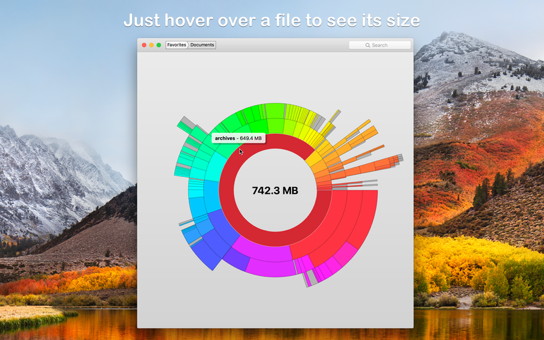

It identifies the instances representing the physical hardware, while the Logical Disk performance object monitors logical partitions and identifies them by their mounting point. The Physical Disk performance object monitors disk drives on the computer. Perfmon has two objects related to disk performance: Physical Disk and Logical Disk. Perfmon is its accepted nickname and comes from the name of the executable file.

It can capture data over lengthy time periods, does a solid job with averages and is also a solid tool for creating a baseline and doing basic troubleshooting. Windows Performance Monitor is the standard way of measuring disk performance in Windows. This forces the IO to a halt until it can be sent to the hardware layers. If a number of processes are in action at once it causes a large storport queue.

#Normal disk graph windows driver#
Windows Performance Monitor (Perfmon) is the standard means of testing the disk latency and measures the whole latency, including time spent in the hardware, as well as in the Microsoft Port Driver queue. How slow is your System?Īs a rule of thumb less than 10 milliseconds is a good time and more than 20 milliseconds shows the system is running slowly, although there are exceptions and this is merely a guide. As hard disks are mechanical, it has to rotate to the correct sector for a start. Now that the disk is integrated things are more complex, but the I/O bottleneck conundrum still exists and the processor still has to wait for data to physically arrive. As the drive read data from the disk, the CPU would sit and wait for the data to arrive. In the old days of floppy drives, a disk I/O bottleneck was more obvious. It determines how fast a computer responds to various tasks and increased latency can be a sign of a problem with the system, or simply that it’s overworked. Physical Disk Latency is, in a nutshell, a measure of the delay from when a disk Input/output (I/O) request is created until it’s completed.


 0 kommentar(er)
0 kommentar(er)
